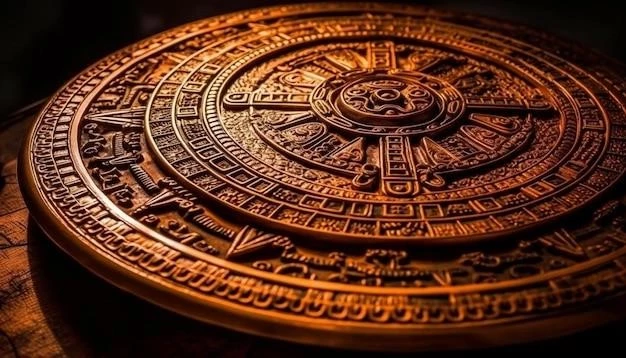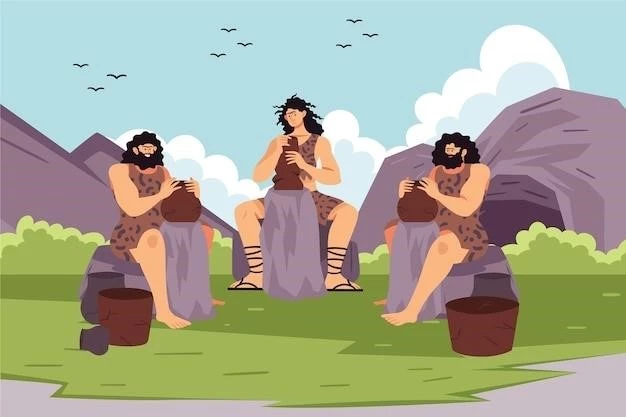The arid plains of southern Peru hold a mystery that has captivated the world for decades: the Nazca Lines. These massive geoglyphs‚ etched into the desert floor‚ depict a menagerie of creatures‚ plants‚ and geometric shapes‚ their sheer scale visible only from the air; I recently had the opportunity to experience this wonder firsthand‚ and the experience left me with a profound sense of awe and a thirst to understand the secrets behind these enigmatic creations.

A Flight Over History
My journey began with a heart-pounding ascent in a small Cessna aircraft. As we climbed‚ the vast‚ barren landscape unfolded beneath me‚ a canvas of reddish-brown stretching to the horizon. And then‚ they appeared: faint lines at first‚ gradually resolving into distinct shapes as we descended for a closer look.
There‚ etched into the desert floor‚ was a massive spider‚ its legs splayed out as if frozen in time. Further on‚ a hummingbird with a beak longer than a football field soared across the pampa. Geometric shapes‚ spirals‚ and trapezoids‚ some stretching for hundreds of meters‚ punctuated the landscape in seemingly random order.
The sheer scale of the Nazca Lines is breathtaking. Seeing them from the air isn’t just the best way to appreciate their size and complexity; it’s the only way. Many of the figures are so large that they’re impossible to discern from ground level. It’s like looking at a giant tapestry‚ but you can only see a few threads at a time.

Mysteries Etched in the Earth
The Nazca Lines are estimated to be around 2‚000 years old‚ created by the Nazca people who inhabited the region before the Inca. The how of their creation is relatively straightforward: the Nazca people removed the top layer of reddish-brown iron oxide-coated pebbles to reveal the lighter-colored sand beneath. This technique‚ combined with the region’s dry‚ stable climate‚ has preserved the lines for centuries.
But the why of the Nazca Lines remains the subject of intense debate and speculation. What were the motivations of the Nazca people in creating these monumental figures? Over the years‚ numerous theories have been proposed‚ each with its own proponents and detractors:
1. Astronomical Alignments and the Cosmos
One prominent theory suggests that the Nazca Lines served as a massive astronomical calendar or observatory. Some researchers have identified alignments with significant astronomical events‚ such as solstices and equinoxes‚ suggesting that the Nazca people used the lines to track the movements of the sun and stars.
2. Ritual Pathways and Sacred Processions
Others believe the lines played a role in religious rituals and ceremonies. The Nazca people may have walked along these lines in processions‚ perhaps as part of fertility rites or offerings to their gods. The repetitive patterns and stylized animal figures could have held symbolic meaning within their belief system.
3. Messages to the Gods Above
A more ambitious theory posits that the Nazca Lines were created as messages to the gods‚ visible from the heavens. Given the arid climate and the Nazca people’s reliance on rain for their crops‚ it’s conceivable they hoped to appease deities associated with water and fertility.
A Puzzle Without Easy Answers
Despite decades of study and analysis‚ the true purpose of the Nazca Lines remains elusive. The lack of written records from the Nazca people themselves adds to the enigma‚ leaving us with only tantalizing clues and interpretations.
Standing on the edge of the Nazca Lines‚ gazing out at the vast desert canvas‚ I couldn’t help but feel a sense of connection to the ancient people who created them. Their ingenuity‚ artistry‚ and sheer determination to leave their mark on the world is undeniable.
Preserving a Fragile Legacy
Today‚ the Nazca Lines face threats from both natural and human-induced factors. Erosion‚ climate change‚ and even tire tracks from off-road vehicles pose risks to these delicate geoglyphs.
Peruvian authorities‚ along with international organizations like UNESCO‚ are working to preserve this invaluable heritage site. Efforts include restricting access to certain areas‚ monitoring environmental conditions‚ and raising awareness about the importance of conservation.
A Call to Explore and Understand
The Nazca Lines stand as a testament to the enduring power of human creativity and our innate desire to understand the world around us. They remind us that even in the face of the unknown‚ we strive to find meaning‚ connection‚ and a sense of place in the cosmos.
My journey to the Nazca Lines was more than just a sightseeing trip; it was a humbling experience that challenged my perceptions and ignited my imagination. It’s a journey I encourage everyone to take‚ if not physically‚ then at least through exploration and learning. For in unraveling the mysteries of the Nazca Lines‚ we may just uncover something profound about ourselves.










